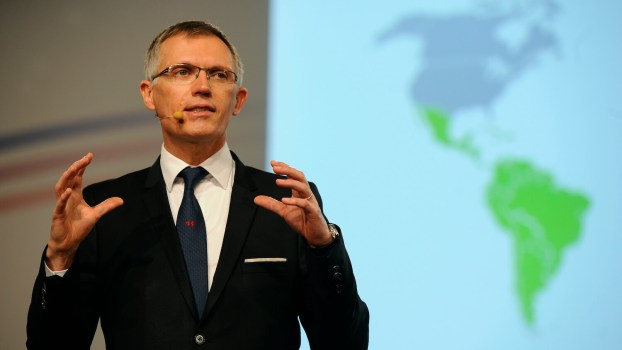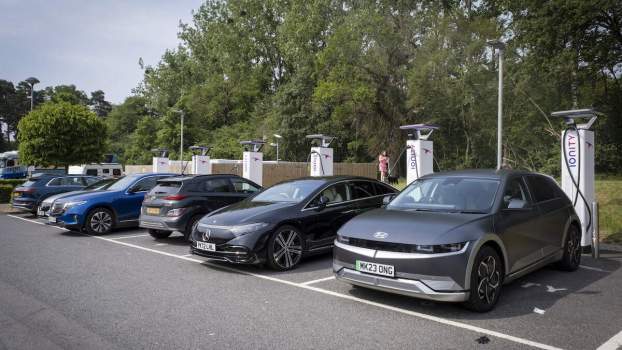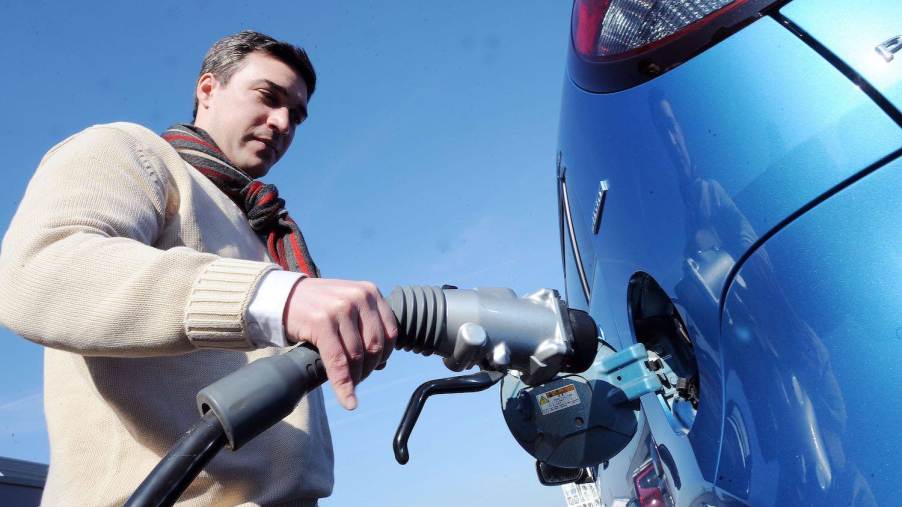
The USA’s Largest EV Charging Network in 2024 Might Surprise You
The EV charging network industry is evolving rapidly. Many automakers are building EVs that can connect to Tesla’s Supercharging Network, the U.S. Government has earmarked $7.5 billion for building EV chargers, and the very definition of an EV charging point may be shifting. As a result, the largest charging network by the end of 2024 may not be who you expect.
What is the definition of an EV charging station? What about a charging point?
According to U.S. News, most charger manufacturers use “EV charging station” to refer to a location with EV chargers (similar to a gas station). An EV “charging port” usually refers to individual plugs at that station.
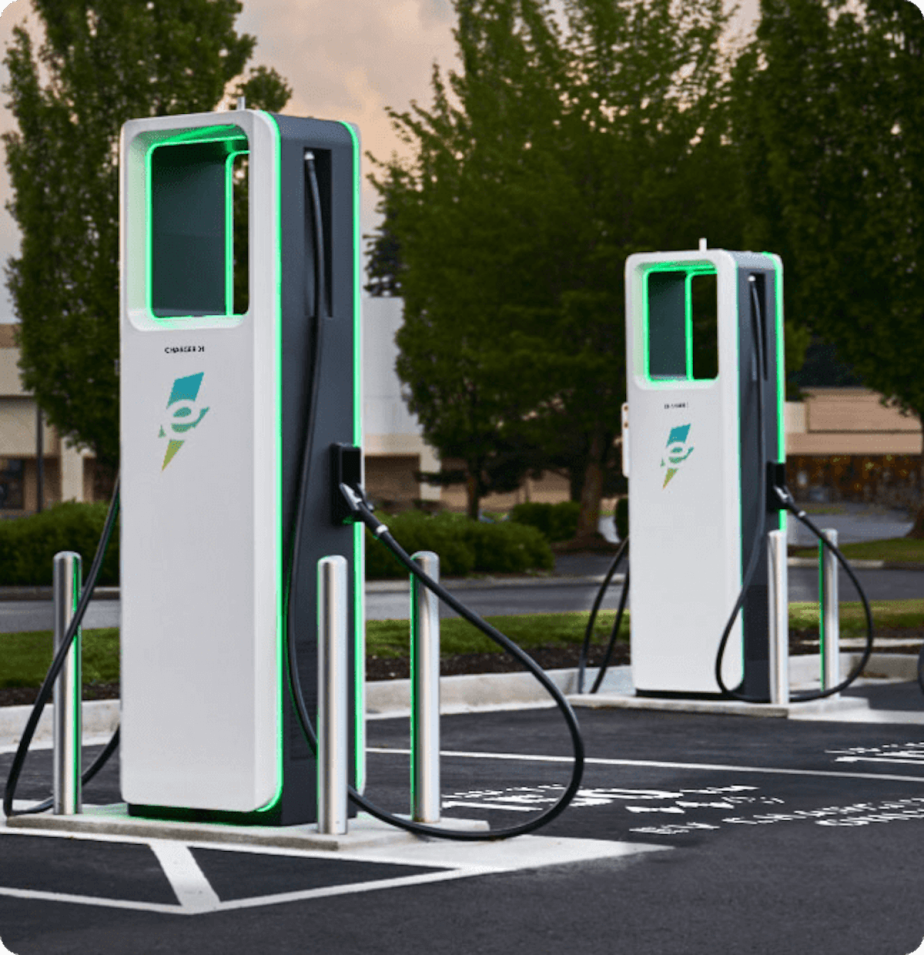
Some manufacturers build chargers with multiple cables and plugs so cars can park on either side of the charger. Others even have multiple plugs so the charger can automatically switch to the next car in line once the first car is charged. These setups do not add to the total number of “charging ports” because they don’t allow simultaneous charging.
Most homeowners with an EV install a “Level 2” charger. Once wired into a regular home 240-volt AC circuit (like your dryer uses), this device can provide that power to your EV. The EV then converts that to direct current (DC) to charge its battery.
While a Level 2 charger is a great solution for overnight charging at home, it could take hours to top off your EV. An “AC Fast Charger” is a much better solution for charging during a longer trip.
There are currently 100,000 Level 2 EV Charger ports in the country (mostly at people’s homes). Early EV charger companies–such as ChargePoint–focused on public Level 2 charging networks. The ChargePoint company claims 50,000 individual charging ports, but the ones in public spaces are proving relatively useless. This week, ChargePoint announced it is selling $213 million of its stock to stay afloat.
Who has the largest DC fast charger network in the USA?
Tesla focused on DC fast-charging from the jump. Its network includes 1,600 Supercharger stations with more than 17,000 fast-charging ports. But because most EVs on the road aren’t built to connect to these chargers, some claim that Electrify America is the true frontrunner with 800 stations and 3,600 fast-charging ports.
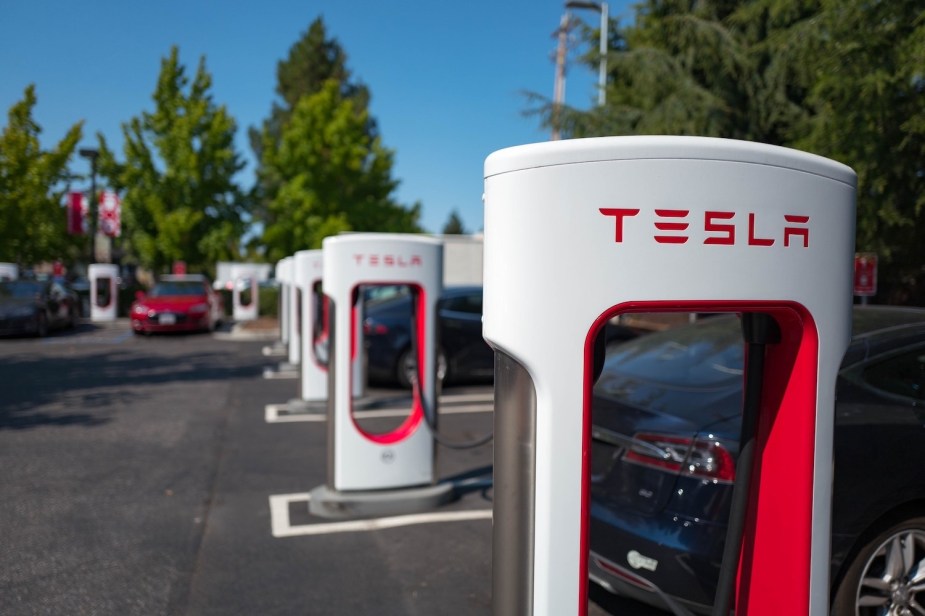
You can now buy a Tesla-built adaptor to plug any EV into its Supercharger network. But many non-Tesla EVs will charge extra slow. You see why there are multiple opinions on what the largest “open” fast-charging network truly is. As more automakers build EVs with Tesla Supercharger connections, the fast-charging network landscape in the USA will shift. But things are already changing.
Electrify America, the current leader in “open” fast-charging ports, is a unique company. It was started by Volkswagen as a punishment for its emissions defeat devices that scandalized the news in 2015. Multiple automakers are buying Electrify America credits from VW and giving them to customers with every new EV. Electrify America aims to double EV charging by 2025. It is targeting 1,800 fast charging stations and 10,000 charging ports.
Who will have the largest EV fast-charging network in 2024?
ChargePoint has been so focused on Level 2 chargers, that it is not even in the top three DC fast charger networkers. The number three spot goes to EVgo. This company has 2,200 fast-charging ports. EVgo’s “station owned” business model means it pays to put in stations and then chargers EV drivers to charge (unlike ChargePoint, which just sells hardware to private landowners).
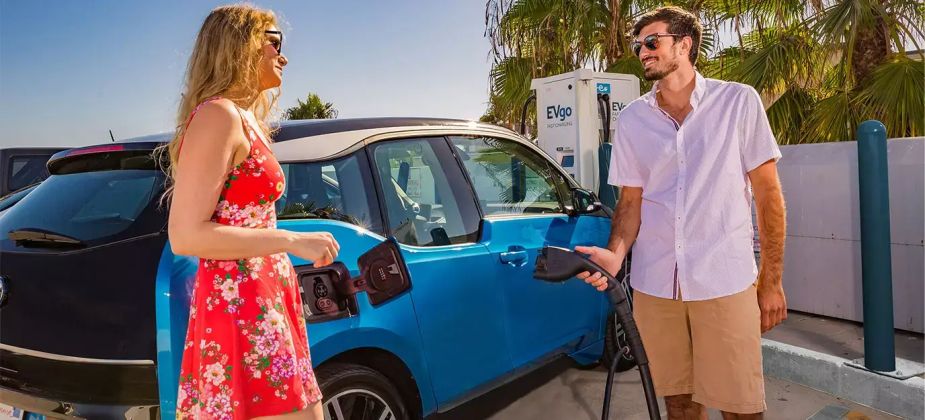
General Motors believes in EVgo’s farsighted model and partnered with the company. The two are planning 2,700 new stations with 10,800 new fast-charging ports by the end of 2024. The resulting 13,000 ports would vault EVgo ahead of even Electrify America’s most ambitious growth plans. It would make EVgo the largest “open” fast-charging network of 2024. It would also put EVgo, and GM, in Tesla territory.
A recent J.D. Power study found that EVgo is the DC fast-charging network with the lowest customer satisfaction. If this company is going to become the network leader, it may need to make some shifts to the service it provides.
There is no telling exactly how our EV fast-charging network will change in 2024. But it will change. There are 150,000 gas stations currently operating in the country. But while EVs are the fastest-growing segment of the automotive market, there are only 10,000 universally accessible fast-charging ports available.
